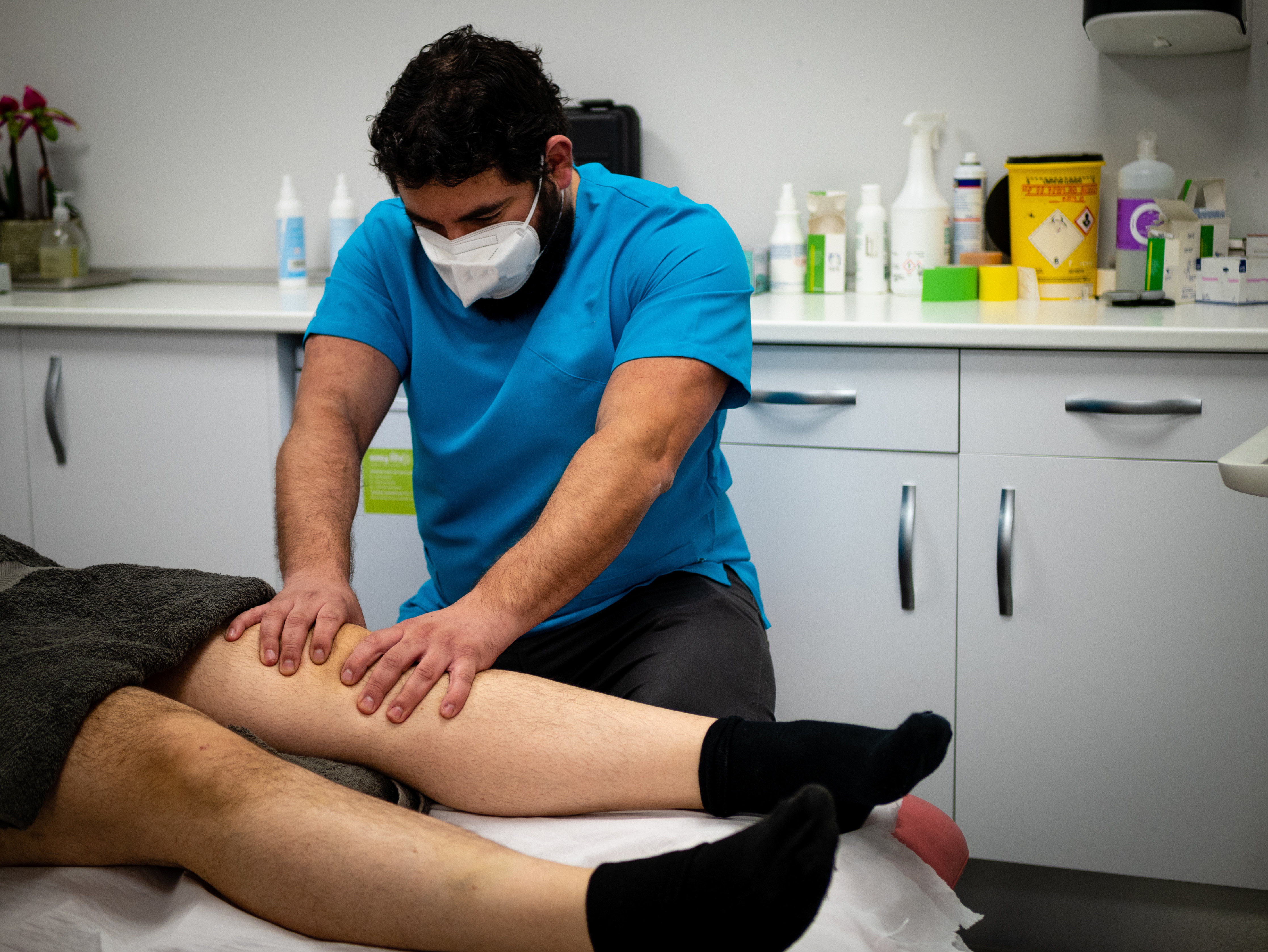How to Warm Up Properly to Avoid Sports Injuries

Strong 8k brings an ultra-HD IPTV experience to your living room and your pocket.
Engaging in sports and physical activities is an excellent way to stay fit and healthy. However, without a proper warm-up, you increase your risk of injuries such as muscle strains, ligament tears, and joint damage. To keep yourself safe and performing at your best, it’s essential to understand how to warm up properly. If you do experience an injury, sports injury physiotherapy can play a crucial role in recovery and prevention.
Why is Warming Up Important?
A warm-up gradually prepares your body for intense activity by increasing blood flow to the muscles, improving flexibility, and enhancing coordination. Proper warm-ups help:
Prevent injuries by loosening muscles and joints.
Improve performance by optimizing muscle activation.
Enhance mobility and flexibility, reducing the risk of strains.
Prepare your heart and lungs for increased activity levels.
Improve mental focus by transitioning your mind into an active state.
Essential Components of a Proper Warm-Up
An effective warm-up should last 10–15 minutes and include the following key elements:
1. Light Cardio (5–10 minutes)
Engage in low-intensity cardiovascular activities to gradually increase your heart rate and circulation. This step prepares your muscles for more demanding movements and reduces stiffness. Some effective light cardio exercises include:
Jogging or brisk walking
Jumping jacks
Cycling at a moderate pace
Skipping rope
2. Dynamic Stretching (5 minutes)
Unlike static stretching, dynamic stretching keeps your body moving while improving flexibility and muscle coordination. It is essential to activate key muscle groups related to your sport. Some great dynamic stretches include:
Leg swings (front-to-back and side-to-side)
Arm circles and shoulder rolls
Walking lunges with a twist
High knees and butt kicks
Torso twists and hip openers
3. Sport-Specific Movements (5 minutes)
After general warm-ups, incorporate movements that mimic the activity you’re about to perform. This helps activate the specific muscle groups needed and enhances neuromuscular coordination. Examples include:
Dribbling drills for basketball players
Short sprints for soccer players
Light practice swings for golfers or tennis players
Jump squats for volleyball players
Shadow boxing for combat sports
Common Warm-Up Mistakes to Avoid
Many people make errors that reduce the effectiveness of their warm-up or even increase the risk of injury. Avoid these mistakes:
Skipping the warm-up completely: Jumping straight into intense activity puts you at high risk of injury.
Rushing through stretches: A rushed warm-up won’t properly prepare your muscles.
Holding static stretches for too long: Static stretching before workouts can decrease muscle performance; save it for after exercise.
Not warming up key muscle groups: Ensure your warm-up activates all muscles you will be using during your activity.
How Sports Injury Physiotherapy Can Help
Even with a good warm-up, injuries can still occur. If you experience a sports-related injury, sports injury physiotherapy is key to recovery and injury prevention. Physiotherapists can help by:
Assessing your injury and creating a personalized rehabilitation plan.
Using manual therapy, strengthening exercises, and movement correction to aid recovery.
Providing expert guidance on proper warm-up and injury prevention techniques.
Addressing muscle imbalances and weaknesses that contribute to injuries.
Teaching you proper biomechanics to improve performance and reduce strain.
Tips for an Effective Warm-Up Routine
Stay consistent: Make warming up a habit before every workout or game.
Listen to your body: Modify your warm-up if you feel tightness or discomfort.
Hydrate properly: Dehydration can increase muscle stiffness and the risk of cramps.
Dress appropriately: Wear clothing that allows flexibility and proper temperature regulation.
Incorporate mobility drills: Exercises like deep squats, shoulder mobility work, and foam rolling can enhance flexibility and movement patterns.
Conclusion
A proper warm-up is essential to avoid injuries and maximize performance in any sport. Incorporating light cardio, dynamic stretching, and sport-specific movements can keep your body prepared for physical activity. However, if you do experience an injury, seeking sports injury physiotherapy can help you recover quickly and prevent future issues. A structured rehabilitation plan will not only help you heal but also improve your overall performance and resilience against injuries.
For expert physiotherapy services in Mississauga, visit Achieve Physiotherapy & Rehabilitation—your trusted partner in sports injury recovery and prevention.
Note: IndiBlogHub features both user-submitted and editorial content. We do not verify third-party contributions. Read our Disclaimer and Privacy Policyfor details.


